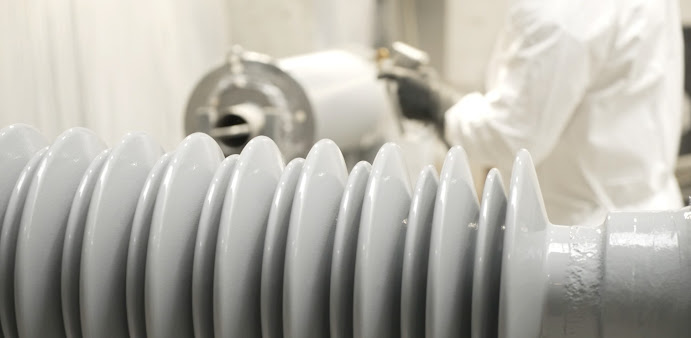How Do We Apply Wildlife And Asset Protection To Electricity Distribution?
ESG principles are crucial for modern businesses, and biodiversity risk is a critical concern in electricity distribution. High-voltage exposure increases the risk of wildlife electrocution. Companies must manage this risk to maintain their social license while providing essential services safely. Modern switchgear manufacturers cover wildlife interaction outages, and organizations offer mitigation techniques to reduce biodiversity risk and improve asset reliability. This blog explores key techniques for wildlife and asset protection.
Bird Guards
Bird guards are electrical insulating covers installed after overhead lines are terminated on high-voltage assets, protecting exposed terminals from animals. They form a mechanical barrier between the terminal and the surrounding environment, reducing the risk of animals bridging the gap between the earthed asset and contacting the lines. Bird guards are available for all terminal types, including surge arrester and voltage transformer terminals, and a comprehensive mitigation strategy includes coverage for all terminals.
Insulator coating
High Voltage Insulator Coatings are a crucial tool for protecting wildlife from electrical currents and components. They create a non-conductive barrier on electrical insulators, reducing the risk of wildlife contact. These coatings not only prevent wildlife exposure to electricity but also enhance the safety and reliability of electrical distribution systems and support environmental preservation initiatives.
Room temperature vulcanized (RTV) coating is used to improve the pollution performance of glass or porcelain insulators by spraying/applying a thin layer of silicone rubber on the porcelain or glass surface, resulting in a hydrophobic surface similar to silicone rubber insulators. A porcelain or glass insulator coating can also prevent wildlife from interacting with electrical assets.
Animal climbing guards
Animal climbing guards are metal sheaths installed near the base of a power pole installation. This sheath reduces the likelihood of animals climbing the pole and making contact with high-voltage terminals. These are simple intervention assets that can be installed in both new and existing installations. Animal guards should be the standard for installation due to their cost-effectiveness and potential for asset destruction.
Barriers
Barrier techniques can help mitigate biodiversity risk by preventing wildlife from bridging the gap between high-voltage conductors and the earth plane. As a result, there is less chance of short circuits, which lowers the risk to biodiversity, outages, and asset reliability.
Cable tails with covered conductors
Overhead lines and pole-mounted assets are connected using insulating mediums like XLPE, which reduces the risk of animals bridging the gap between conductors or earthed assets. This covered conductor approach lacks an earth screen, but it helps reduce operator-safe insulation. This can confuse newcomers to switchgear specifications, as the cable tail insulation level doesn't have to match the asset's insulation requirements.
Cattle guards
Switchgear controllers can be installed low on a power pole to reduce falls for operators but also increase the risk of larger animals contacting equipment. This can cause damage to control cables or communications accessories in rural areas. To prevent this, a cattle guard is mounted at the control cubicle's base, providing mechanical protection for the controller's cable entry points.
Finally
Biodiversity risk is crucial for electricity distribution organizations, affecting productivity and social licenses. Mitigations are inexpensive, dependable, and simple to implement, and modern switchgear manufacturers can provide equipment to address this risk. Animal guards are recommended as the default configuration due to their low installation cost. Mitigation measures are inexpensive, dependable, and simple to implement, making them a cost-effective solution for managing biodiversity risks.


Comments
Post a Comment